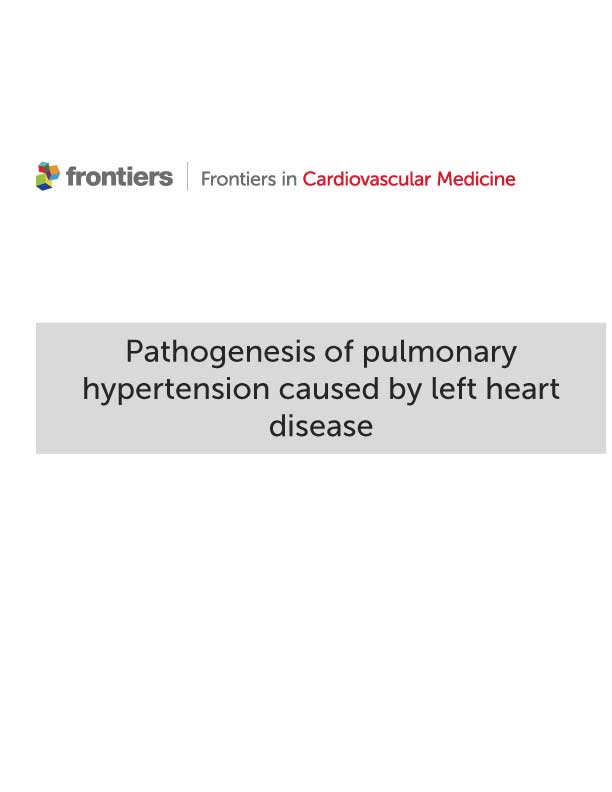Pathogenesis of Pulmonary Hypertension Caused by Left Heart Disease

Highlights
- PH-LHD is defined by a mPAP >20 mmHg and a pulmonary artery wedge pressure (PAWP) >15 mmHg (View Highlight)
- The etiology of PH-LHD is primarily due to a passive increase in pulmonary vein resistance, which is usually accompanied by an increase in pulmonary vascular tone (vasoconstriction) and extensive pulmonary vascular remodeling. (View Highlight)
- In most patients with IpcPH, elevated mPAP can be attributed to elevated left ventricular filling pressure, but it may still be caused by pulmonary vascular remodeling (View Highlight)
- The increase of mPAP in CpcPH patients is disproportionate to the pressure generated by left ventricular filling pressure conduction, and the increase of mPAP is usually more serious than that in IpcPH patients. Patients in this group developed pulmonary vascular disease that can be attributed to chronic vasoconstriction and pulmonary vascular remodeling (15). CpcPH also exhibits hypertrophic remodeling, fibrosis, and luminal occlusion of the distal pulmonary artery (View Highlight)
- The increase in PVR and mPAP in Ipc-PH was driven solely by elevated LAP (20). This level of vascular tone is regulated by the endothelial and vascular smooth muscle layers and the interlayer interactions, which respond to different stimuli, such as local metabolic regulation, and endothelial products (21). Over time, pulmonary vein hypertension and potential LHD disease can further trigger vasoconstriction and vascular remodeling of the pulmonary precapillary components. (View Highlight)
